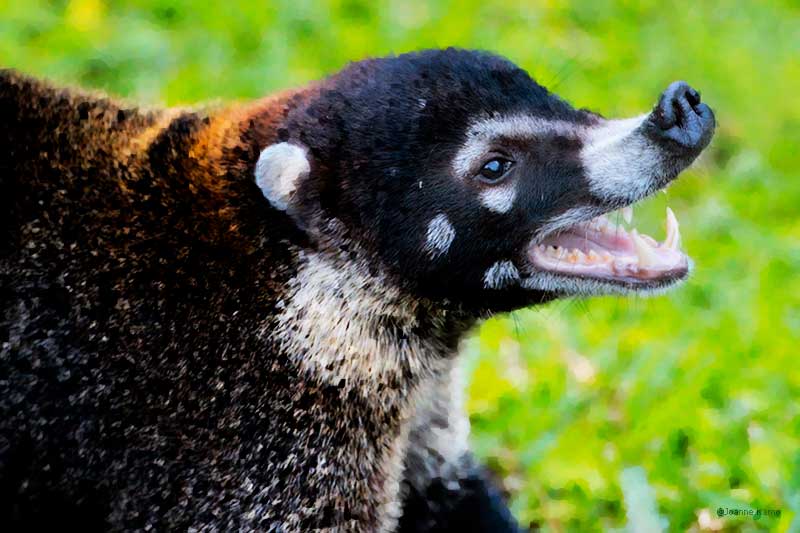
For SEOs, publishers, content creators, and searchers, it doesn’t matter that Coati was the successor to Panda. For Google algorithm historians like myself, it is an intriguing piece of historical data that we learned about at SMX Next, since it was something new to me. It is intriguing to know that the Panda algorithm has been around for ages, but that it has evolved into a different algorithm, known as Coati.
Google’s Panda algorithm from 2012 is no longer in use. It has evolved from an algorithm into a new animal named Coati over the years.
During our SMX Next keynote this month, Hyung-Jin Kim, Google Search’s VP, divulged that Coati was the next phase in the evolution of Panda. This isn’t something we can act on right away, but I don’t believe anyone in the SEO industry has ever heard of Coati being the next step after Panda.
According to Kim, Panda has been “consumed” into the larger core ranking algorithm, and Coati has taken its place. Coati is an update to the Panda algorithm, he said.
Panda has evolved as time has passed, Kim said, and Coati is another black-and-white creature. Kim said that Coati is not a core update, but Panda and Coati are core ranking algorithm components.
The Panda update was a significant algorithm change that altered the rankings of 13.7% of queries in the United States (Google, 2013). Google described Panda as an effort to demote low-quality websites (“sites which provide little value to users, copy content from other sites, or are just not very useful”) and reward better rankings to excellent websites (“websites with unique content and information such as in-depth reports, thoughtful analysis, and so on”).
According to Hyung-Jin Kim, the Panda algorithm was created to avert the web from deteriorating, which is precisely what the recent helpful content update was striving to do. Google publishes such adjustments to encourage content creators to create better content.
 Our company was established
in 2004.
Our company was established
in 2004.